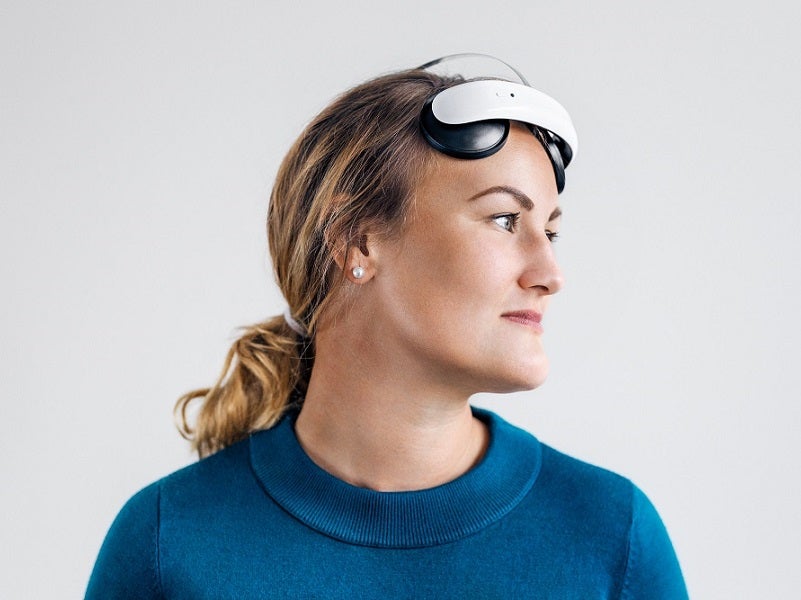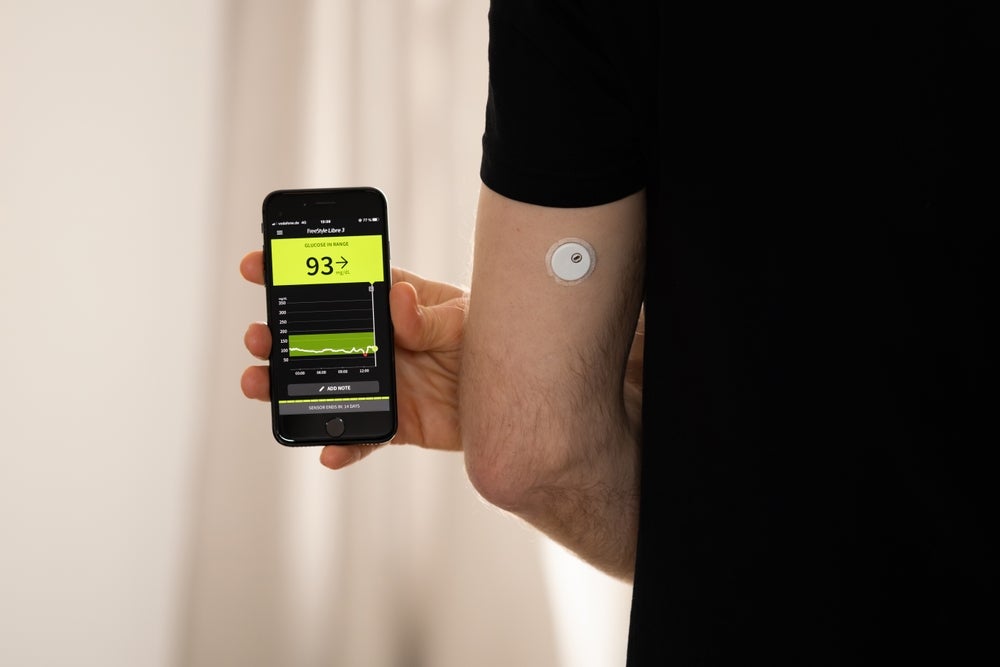
Electroconvulsive therapy (ECT) is perhaps the oldest and most well-known brain stimulation treatment for mental health conditions. ECT was used far more often from the 50s to 70s than today, without anaesthetic and often without consent. In the 21st century, the treatment – which involves sending an electric current through the brain to trigger a controlled seizure – is used as a last-ditch attempt to relieve severe depression, catatonia and long-lasting episodes of mania.
Far from the pop culture image of a psychotic patient in a period drama receiving ECT by force, strapped down and thrashing violently, the procedure is now conducted with patients under general anaesthetic and subject to a muscle relaxant. It is usually given twice a week for three to six weeks, and can provide short-term relief from the symptoms of severe mental health conditions. While the effects of ECT tend to wear off eventually, those who respond to it well often undergo repeat rounds of treatment to manage their conditions, which can range from depression to bipolar disorder or schizophrenia.
ECT can be hugely beneficial for critically ill patients who do not respond well to medications or counselling. Now, brain stimulation devices are emerging on to the market, designed to be used at home by patients with less severe mental illness than those eligible for ECT who still wish to try a different kind of therapy.
These therapies include transcranial direct current stimulation (tDCS) and cranial electrotherapy stimulation (CES), which have shown promise treating conditions like depression, anxiety and insomnia. Much like selective serotonin reuptake inhibitors (SSRIs), one of the most common drug categories for treating mental illness, their precise mechanism of action is poorly understood – but their backers believe they could save healthcare providers millions.
tDCS: a TV remote battery for the brain?
tDCS involves sending a constant but very weak current, the equivalent of a nine-volt TV remote battery, into the brain via electrodes on the head. When being used to treat depression, the current is channelled into the left frontal lobe, a part of the brain associated with cognitive skills and emotional expression.
tDCS device manufacturer Flow advises that the treatment is carried out in conjunction with the use of its behavioural therapy app. The Flow app gives advice on how to understand and manage depression, which they can read while they receive tDCS.
How well do you really know your competitors?
Access the most comprehensive Company Profiles on the market, powered by GlobalData. Save hours of research. Gain competitive edge.

Thank you!
Your download email will arrive shortly
Not ready to buy yet? Download a free sample
We are confident about the unique quality of our Company Profiles. However, we want you to make the most beneficial decision for your business, so we offer a free sample that you can download by submitting the below form
By GlobalDataFlow CEO Daniel Mansson says: “I think in the UK, you have a time of about ten to 12 years, according to our official statistics, before someone [with depression] actually goes and sees a doctor. It takes a lot of courage to go and see somebody and it’s also quite expensive. When it comes to the comparison to medication, the obvious thing is that medication has side effects. Many patients go on medication and then they quit because the side effects are even worse than the disease.”
A 2017 analysis of the efficacy of tDCS was unable to recommend definite efficacy of the therapy for any indication, but recommended probable efficacy for drug-resistant major depressive episodes, addiction/cravings and fibromyalgia, a complex chronic pain condition. The Flow device is currently marketed only for depression, for what Mansson describes as regulatory reasons.
He says: “We have to prove to the authorities that we have evidence for the efficacy and the safety of the device. The only thing right now in the mixture that we have evidence for is depression. If I’m going to speculate, we have quite good evidence that you could use it for pain reduction or PTSD. But that’s in the future. Right now, it’s only depression.”
The side effects of tDCS also pale in comparison to those of SSRIs and other medications for depression. These can be minor – drowsiness or a dry mouth – but can also trigger more significant issues such as sexual problems and dissociation.
tDCS can cause redness in the skin underneath the site of the electrodes, which shouldn’t last any longer than a few hours after treatment. It has also been linked to mild headaches and tinnitus, which may not be ideal, but are still limited and non-severe.
The Flow tDCS device currently retails for £399 for patients who want to buy their own device, as well as an add-on to traditional therapy through the Chelsea Psychology Clinic. The company has expressed hopes for the device to eventually be available on the NHS alongside talking therapies and medications, but currently it’s only available through these private channels.
CES: resetting and restabilising the brain
Another brain stimulation therapy building momentum in the market is cranial electrotherapy stimulation (CES), likewise delivered through two electrodes on the head. Whereas tDCS uses a continuous current, CES instead uses an alternating microcurrent waveform, which is designed to activate specific groups of nerve cells in the brainstem. These nerve cells are involved in the production of serotonin and acetylcholine, which can affect the chemical activity of nerve cells throughout the nervous system.
University of Nottingham professor of psychiatry Richard Morriss recently conducted a study into the impact of the Alpha-Stim CES device in patient with generalised anxiety disorder (GAD), which was published in The Journal of Affected Disorders in April 2019.
Morriss says: “By changing the electrical and chemical activity of certain nerve cells in the brainstem, Alpha-Stim technology appears to amplify activity in some neurological systems and diminish activity in others.”
The study found that nearly 45% of patients achieved remission and 63% experienced reliable improvement in their self-rated anxiety symptoms using Alpha-Stim CES. Overall patients experienced an average reduction of almost nine points when measured on the GAD-7 anxiety scale, a clinically significant improvement.
Positive effects from CES can be produced after only one treatment and repeated treatments have increased the relative strength and duration of these effects, which in some cases are stable and seemingly permanent. This seems to suggest that the electrical and chemical changes evoked by CES act to ‘reset’ and restabilise the brain.
“This neurological ‘fine tuning’ is called modulation, and occurs either as a result of, or together with the production of a certain type of electrical activity pattern in the brain known as an alpha state which can be measured on brain wave recordings,” Morriss says.
“Such alpha rhythms are accompanied by feelings of calmness, relaxation and increased mental focus. The neurological mechanisms that are occurring during the alpha state appear to decrease stress-effects, reduce agitation and stabilise mood, and regulate both sensations and perceptions of particular types of pain.”
The Alpha-Stim CES device is currently approved in the UK for patients suffering from anxiety, depression, insomnia and chronic pain. It has been selected for full Medtech guidance by the National Institute of Health and Care Excellence (NICE), a process due to start in early 2020.
Much like Flow, the reported side effects – headaches and redness at the site of the electrodes – are fairly minor, and it also comes with a not-insignificant price tag of £499.
Could this cut costs?
Should they prove themselves efficacious and be approved on the NHS, Flow and Alpha-Stim could actually save the service a lot of money. A course of CBT costs about the NHS about £650 per patient, and a year’s worth of antidepressant therapy can vary by drug, ranging from as low as £12.35 for citalopram to £7,819 for trimipramine – compared to which Flow and Alpha-Stim cost notably less.
To the sceptics among us, electrical microcurrents as a depression treatment may seem a little far-fetched. But we have decades of evidence that non-invasive non-pharmaceutical intervention in the brain via ECT can help treat mental illness – so why not these newer, more tolerable and patient-friendly approaches?



